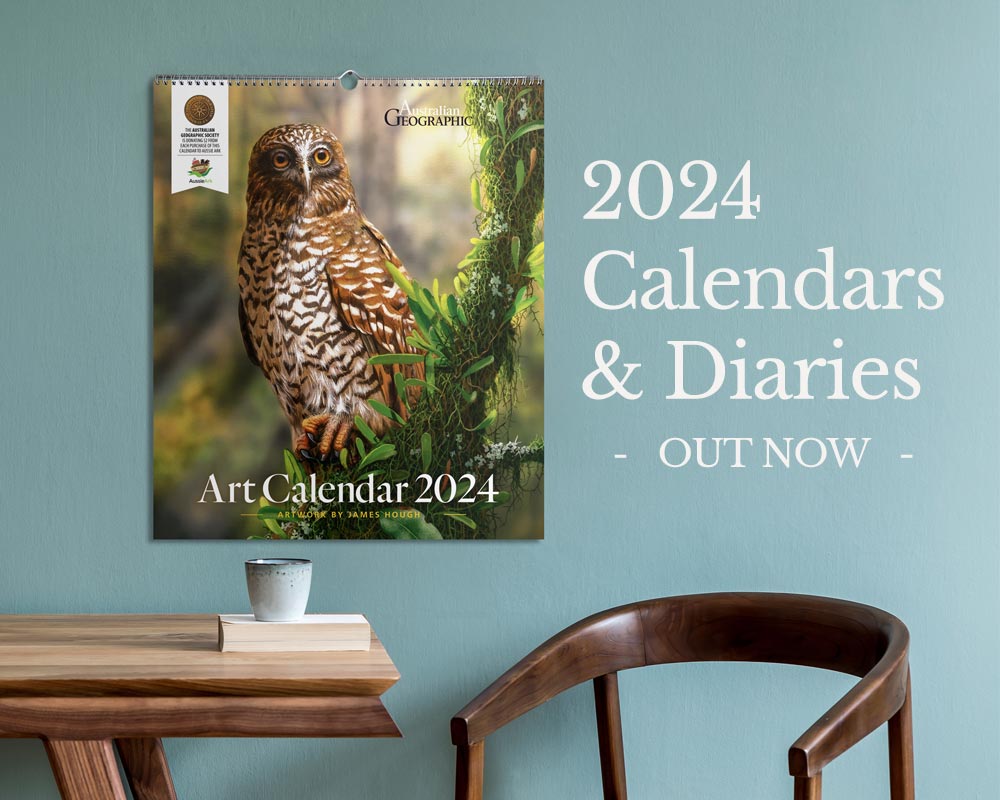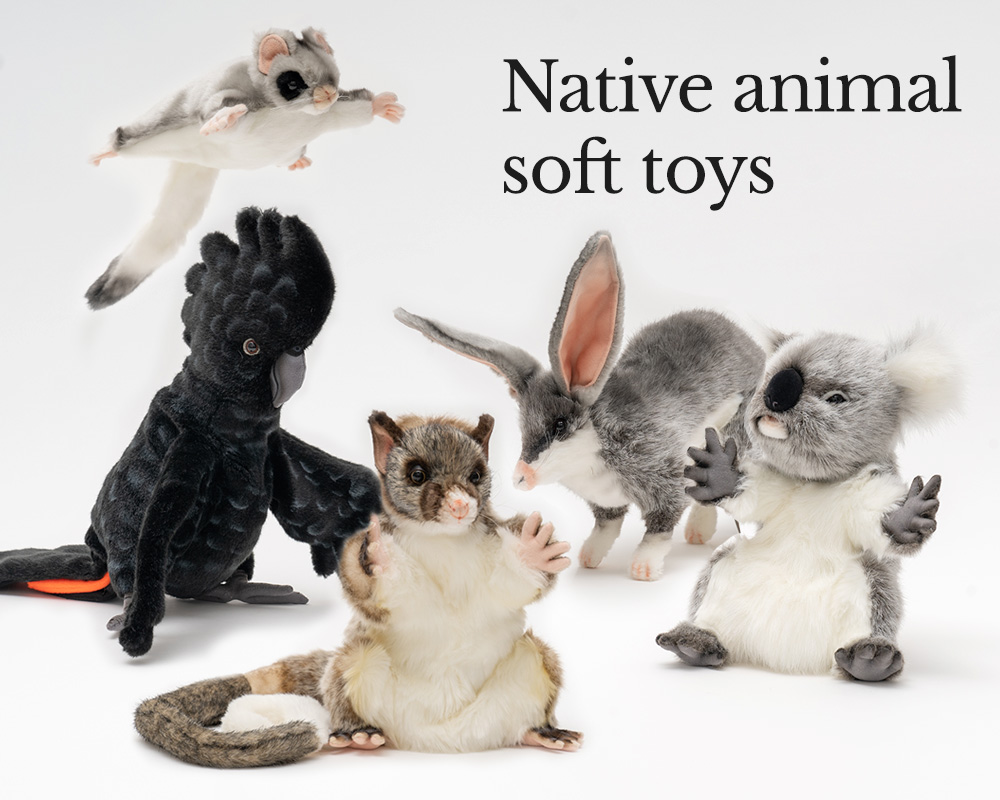OPINION: Time to plug holes in species conservation

Ninety-seven per cent of Australians are concerned about the potential extinction of native animals, and two-thirds are very or extremely concerned. This is a key finding from a large community survey conducted by Monash University for the Biodiversity Council.
People have valid reasons to be concerned. During the past two centuries, Australia has maintained a dismal record of biodiversity loss, and despite increased awareness today, the rate of loss continues to increase.
No one will ever again see the Daintree’s river banana (Musa fitzalanii), pig-footed bandicoot (Chaeropus spp.), big-eared hopping mouse (Notomys macrotis), Tasmanian emu (Dromaius novaehollandiae diemenensis), paradise parrot (Psephotellus pulcherrimus), Christmas Island forest skink (Emoia nativitatis) or Eungella gastric-brooding frog (Rheobatrachus vitellinus) – and we and the ecosystems they were once part of are poorer for it.
Officially, 35 plants, 39 mammals, 22 birds, 4 frogs, a reptile and a giant earthworm have been declared extinct in Australia. And ‘officially’ is an important qualifier in that sentence, reflecting the limited resources dedicated to understanding, documenting and conserving Australia’s unique natural heritage. The actual number of Australian extinctions since European arrival is very likely significantly higher, and recent research suggests it probably includes the Kangaroo River perch (Macquaria sp.), along with approximately 9000 native invertebrates.
Preventing extinctions and recovering threatened species is one of Australia’s obligations under the Kunming–Montreal Global Biodiversity Framework, the biodiversity equivalent of the Paris Agreement. The Australian Government, along with 195 other governments, has committed to this goal.

However, government policies and investments are grossly inadequate to stop the decline of nature. There isn’t enough government funding or effort to identify and list all the species that are in trouble – let alone conserve and recover them.
Until a species is listed as threatened under our national environmental law – the Environmental Protection and Biodiversity Conservation Act 1999 (the EPBC Act) – it receives little attention or protection. Listing species under the EPBC Act lets management agencies and the community know that these species are in danger, affords them some legal protections, and hopefully also leads to new conservation actions. It gives us a last chance to pull things back from the precipice before irreversible extinctions.
Our existing listing assessment process is resource-intensive and under-resourced. There’s a backlog of species to assess, and as a result, far fewer species are being added to the list than are actually at risk. While more than 2000 species are currently listed under that Act, we estimate that at least 2000 more are likely to be at risk and would also meet the criteria for listing. The Australian Government will need to properly resource this small but important area of work to meet community expectations and government commitments to prevent extinctions.
Most of our plants and animals are unique to Australia, making us their sole custodians and protectors. Their survival truly rests in our hands as a nation.
Hugh Possingham is the Biodiversity Council’s Co-chief Councillor, and a Professor of Mathematics and Professor of Ecology at The University of Queensland. He was founding Director of the Australian Research Council Centre of Excellence for Environmental Decisions and the National Environmental Science Program Threatened Species hub.




